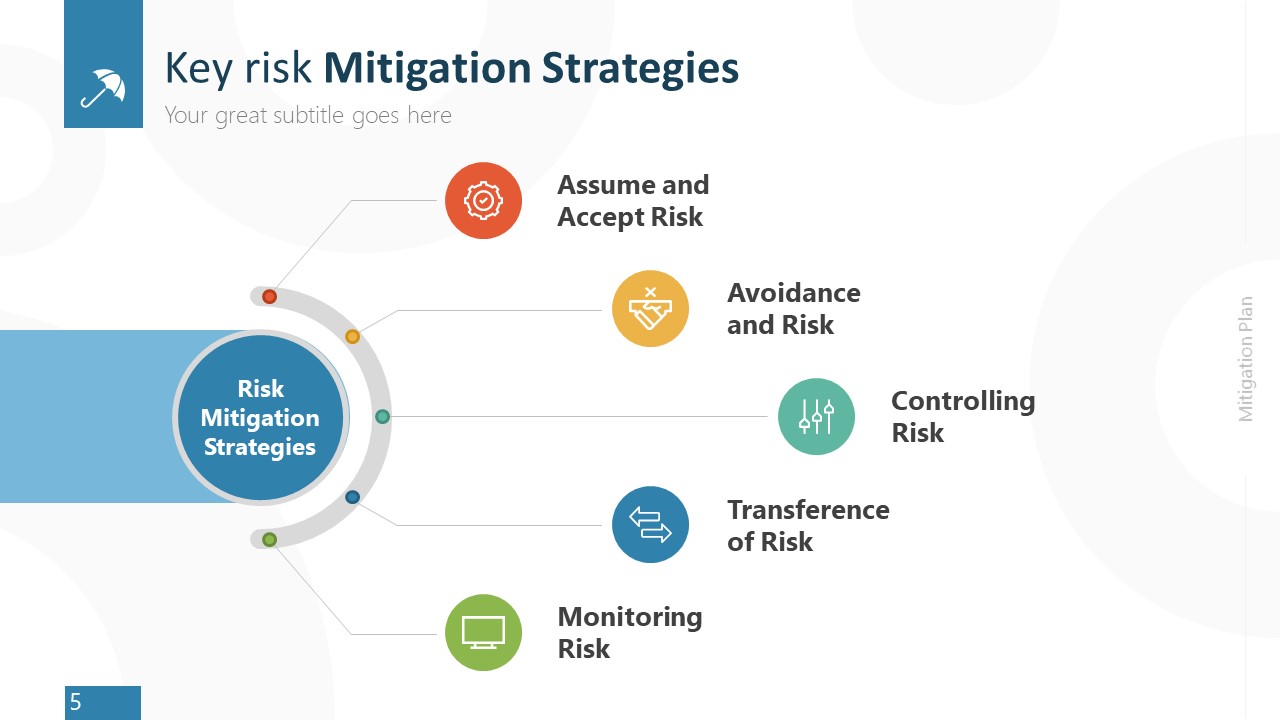Risk reduction strategies
There is always a risk associated with self-harm. Self-harm can also be reduced with support strategies recommended, referred to, or provided by healthcare staff. I will be discussing on the Risk reduction strategies.

Reduction of harm
Self-harmers should reduce the physical damage they do to themselves when they harm themselves by following the recommendations of the charity Rethink Mental Illness. Harm reduction is the process of reducing harm. Their recommendations are as follows:
-
It is imperative to refrain from sharing self-harming tools with other people in order to avoid the risk of diseases such as HIV and AIDS and hepatitis B and C.
-
In areas with lots of scars, you should refrain from self-harming since scar tissue is weaker than skin that is scar-free.
-
Self-harm should be avoided when drugs or alcohol are consumed
-
It is important to be knowledgeable about how to administer self-harm first aid, and to keep first aid supplies at hand, such as antiseptics and bandages.
-
It is important to be prepared in case of an emergency and to keep a phone nearby in case an ambulance is needed
-
You should set limits before self-harming, and make sure you stick to them, such as how many cuts you’ll make, and how severe they are
-
Taking into account options that are not painful
-
In view of the fact that there is no safe way to self-poison, consider options other than swallowing substances or medication.
The management of suicide risk
When someone self-harms, they are at a higher risk of suicide and suicide attempts, although most self-harmers don’t attempt suicide. There are certain factors that increase the risk of suicide. There should be a discussion with the patient about the risk of suicide if these factors exist.
People who self-harm are more likely to attempt suicide because of a variety of factors, including:
-
Ideation of suicide
-
The frequency with which self-harm occurs
-
An unfulfilled hope
-
The use of a variety of self-harm methods
You should raise your concerns with a senior member of your team if you suspect someone is at risk of suicide. There will likely be a need for additional risk assessments and support plans.

In looking at ways to reduce suicide risk, the ‘ideation-to-action framework’ may provide some useful information.
-
A reduction in pain
Provide mental health treatment, address physical health problems, and discuss ways to resolve interpersonal disputes
-
The reduction of hopelessness
Positively reinforce someone’s positive qualities, provide advice on practical ways to improve someone’s circumstances, schedule a follow-up appointment with an exact time and date and, if applicable, speak to friends and family members
-
Enhance capability by reducing
Limit access to suicide methods, remove medications, discuss potential risks at school/work, recommend staying with friends/family to reduce risk, discuss alcohol or drug abuse, and consider distraction techniques if you live alone. Consider removing medications at school or work, addressing potential risks, and recommending that people stay with friends or family until they can reduce their suicide risk.
-
Develop a sense of social connectedness –
Consider ways to increase social connections, such as spending more time with positive people or thinking of fun activities you and your friends can do together
Assessing risks and acting accordingly
On their own, risk assessments are of limited practical value. The key to reducing risk and supporting someone who self-harms is to use the information from a risk assessment. In order to identify the most effective risk reduction strategies, it should be a collaborative process. It is necessary for healthcare staff, patients, and their caregivers to discuss the patient’s condition together.
In case you are concerned about a patient’s risk, but unsure of how to help them, you should always consult a senior.